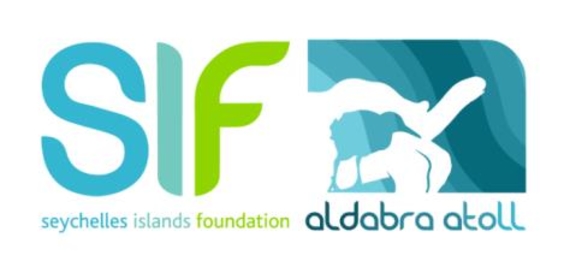SIF
SIF and IFREMER team up to unravel the mysteries of juvenile turtle movements
Following previous successful collaborations together, Ifremer approached the Seychelles Islands Foundation to partner in the development of the first marine turtle movement observation network throughout the southwest Indian Ocean basin.
The Seychelles Islands Foundation (SIF) is a non-profit charitable organisation that was established as a public trust by the government of Seychelles in 1979. SIF has been responsible for the management and protection of the Aldabra Atoll UNESCO World Heritage Site since 1979.
As such, SIF is the longest established local organisation working in nature conservation in Seychelles. It has been instrumental in various conservation and management successes because the foundation is dedicated to ensuring that the World Heritage Sites of Seychelles are well-managed protected areas where conservation, research, education and tourism are sustainably balanced.
Within the IOT project framework, the synergy between the two partners is to facilitate research activities at Aldabra. SIF, which manages, implements and coordinates all research and monitoring on the atoll, will be participating in the deployment of new technological bio-logging solutions for the study of marine turtles; in particular green turtles (Chelonia mydas), but with relevance for other species such as hawksbill turtles (Eretmochelys imbricata).
Aldabra, despite being 1200 km south-west of the Seychelles’ main island of Mahé, is an ideal site for this work.
As well as its UNESCO status, Aldabra is designated as a Special Nature Reserve and is part of the IOSEA Marine Turtle Site Network in recognition of its importance to marine turtles (2014). Aldabra currently hosts the second highest nesting population of endangered green turtles in the Western Indian Ocean and a smaller population of critically endangered hawksbill turtles. The extensive coral reefs, sea grass beds and sandy beaches are ideal feeding and nesting habitats.
Prior to its protection Aldabra's green turtles were intensely exploited. The Aldabra population was the first to be protected in the Indian Ocean and although the original, pre-exploitation population size is unknown, population surveys were conducted just before, during and after its protection, providing baseline data to assess the population recovery. SIF has run a long-term monitoring programme on nesting turtles since 1980, using a standardized track count protocol. Analysis concluded a 500–800% increase in the green turtle population from 1968 to 2008 (Mortimer et al. 2011) and the population has continued to increase. Mortimer et al. (2011) estimated that 3100–5225 females were nesting annually on Aldabra in 2008. The population has increased since then and a new estimate will soon be published.
Ten turtles will be tagged and five receiving stations will be deployed at key locations on the atoll, and an extra one as a back-up. Training will be provided by Ifremer to SIF staff on Aldabra in tag attachment and deployment and maintenance of receiving stations. Tags will be attached to juvenile green turtles, which are the chosen target group of turtles because they usually remain at a site for several years (unlike the migratory adults), which will increase the length of the follow-up period. Optimal positioning of receiving stations will be done to maximise both the chances of sea turtle encounters and the accuracy of geo-location. The five stations will also be deployed according to the site’s geography and topography, aiming to ensure safety of access for staff while avoiding damage by animals e.g. coconut crabs.
Knowledge on movement patterns is crucial in sea turtle conservation, and often, juvenile movement patterns are barely known, despite representing the bulk of the population. Even on Aldabra, where turtles have been monitored for nearly 40 years, almost nothing is known about movement and habitat use of juveniles or males. This exciting project will help fill the information gap on juvenile turtle foraging grounds, movement patterns and habitat connectivity within Aldabra. It’s possible that juveniles utilise neritic zones as developmental habitats. As such, long-term data will gather information on fidelity of neritic feeding grounds and juvenile residence time in these and other zones, helping us determine length and seasons of functional habitat use.
Ultimately, this great project will reveal answers to a wealth of conservation questions, which will vastly improve our understanding of the turtles on the atoll and their management. SIF is very excited to be participating in this regional project and delighted to have the opportunity to help advance turtle knowledge and monitoring technology.

